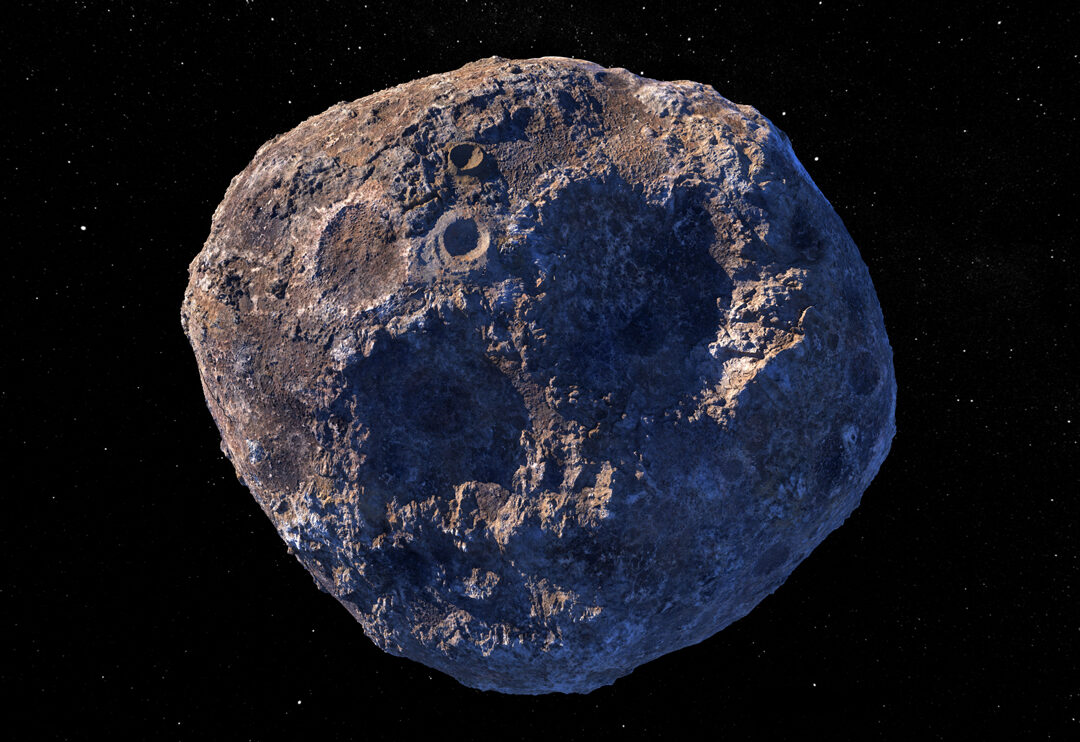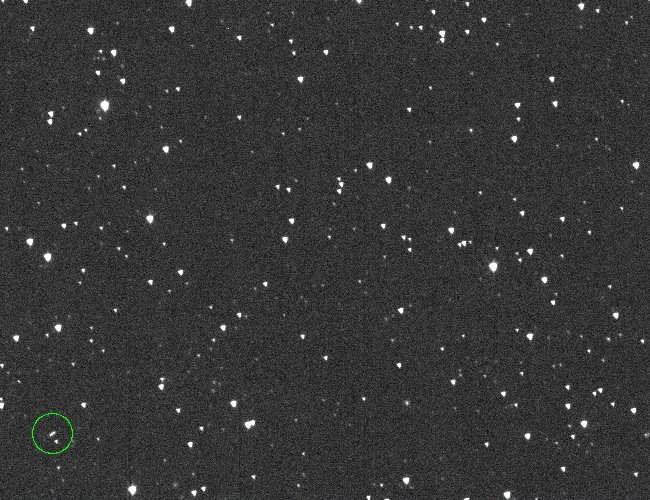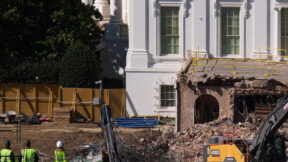Relief May Be on the Way: Scientists Found an Asteroid That Might Smash Into Earth in 2032 — And the Odds Just Went UP

Public domain asteroid image created by Peter Rubin for NASA/JPL-Caltech/ASU.
If you’re exhausted from the manic pace of the political news cycle, frustrated that it’s apparently impossible to get a printer to print in black and white if the magenta ink cartridge is empty, and wondering why we’ve turned over core functions of our constitutional republic to a handful of tech billionaires, relief may be on the way in just a few short years.
Scientists have found an asteroid that might smash into the Earth in December 2032. That’s less than eight short years away, and right after a U.S. presidential election too — how courteous of this giant space rock.
The New York Times reported last month that an asteroid, which was designated “2024 YR4,” was spotted shortly after Christmas Day zooming past our planet on an orbital track that would bring it back through our neighborhood. Astronomers simulated the probability of various future orbit tracks for the asteroid, which they estimated to be between 130 feet and 330 feet long. That’s a size that “would not cause anything close to a mass extinction,” wrote the Times’ Robin George Andrews, but could result in “catastrophic” damage if it struck a city, or cause a devastating tsunami if it landed in the ocean.
2024 YR4 is expected to again fly past Earth on Dec. 17, 2028, on a track that has been calculated to safely miss our planet. But the next loop might pose some danger.
As of January, scientists like David Rankin, a comet and asteroid hunter at the University of Arizona, estimated that there was a 1-in-83 or 1.2 percent chance that 2024 YR4 would strike our planet on Dec. 22, 2032.
Rankin, whose Bluesky profile also describes himself as a “Planetary Defender,” urged calm in his interview with the Times, saying people should “absolutely not” lose sleep over the future schemes of this massive rock hurtling through space.
That 1.2 percent chance of hitting Earth was also a 98.8 percent chance of sailing right by, Rankin noted.
However, the ability of scientists to predict 2024 YR4’s path will be more accurate over time, and the estimated risk of smashing into Earth has already been updated just a few weeks later. As reported by Space.com, Rankin’s calculations were updated from a 1-in-83, or 1.2% chance of the asteroid hitting Earth to 1-in-43, which is 2.3%.
The odds of a strike have almost doubled, but Rankin emphasized it meant “we are still at 97.7% chance of a miss from this asteroid.”
“Nearly doubled” is going from 1% to 2% in this case.
— David Rankin (@asteroiddave.bsky.social) February 7, 2025 at 12:45 AM
NASA, along with universities and other government agencies around the world, will continue to monitor 2024 YR4. The NASA data is posted online as part of the Sentry monitoring system at its Jet Propulsion Laboratory.

NASA discovery images of Asteroid 2024 YR4 via the Asteroid Terrestrial-impact Last Alert System (ATLAS) telescope.
If 2024 YR4 does end up aiming directly at Earth, Rankin told the Times there were several options:
And if we find out that it will hit, “we might be able to do something about it,” Mr. Rankin said.
One option, if space agencies had enough time to mount an operation, would be to attempt to alter the asteroid’s path by crashing a spacecraft into it.
If that failed, or wasn’t possible, and governments worked out a precise impact location, they could evacuate people who might be at immediate risk.




